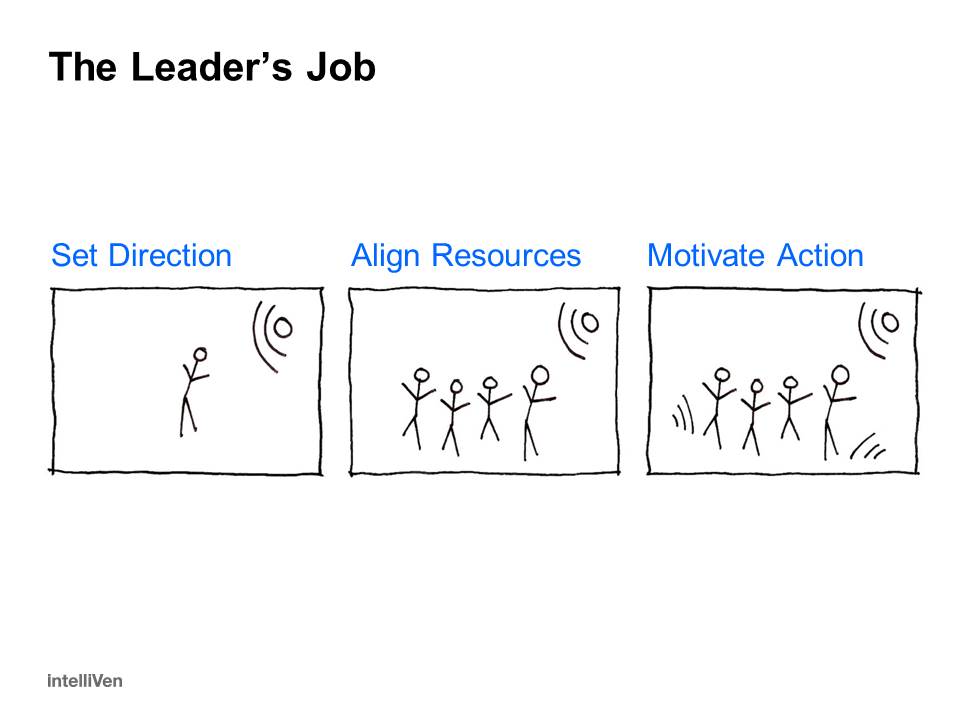High-performing leaders act intentionally. Meeting ground rules help a team consider and decide how they want to behave with each other in meetings and in general. Meetings become a place in which to establish and work on target behaviors.
Meeting Owners (see: How to Run a Great Meeting/) on their own, with their team (see: How to Form a Core Leadership Group), and with help from a trained facilitator if available, should agree on three to six ground rules.
Each rule is consistent with how the leader wants people to behave in meetings and in general. When introduced for the first time, walk through each rule and encourage discussion to be sure it, and the reason for it, are clear and to get buy-in. To encourage clarity and promote buy-in, a good approach is to tweak the rule as needed in response to team input.
Too many rules, or rules that are complex, can be confusing or overwhelming so keep the list short and the rules simple. Start with just a few that seem most appropriate and add others as needed and as the group becomes comfortable developing, managing, and using rules. Drop rules that become second nature and that no longer need to be called out in favor of those that need to be added to next shape behavior.
Ground rules persist from meeting to meeting so there is no need to develop new ground rules for each meeting. It is a good practice to have a few basic ground rules that are used at all meetings and it is fine to have a few that are specific to what a given group is working on next.
Review ground rules to open each meeting to remind attendees how they should work with each other. Meeting Owners should make it a point to walk through all ground rules for new attendees ahead of, or at the start of, their first meeting.
Ground rules to choose from:
- Act as part of collective leadership vs. representative of a constituency
- Everyone participates, no one dominates.
- Stay mentally and physically present.
- One person speaks at a time; no side conversations.
- Start and end on time.
- Work the point, not the person.
- Commit random acts of kindness.
- Stay on point; avoid long-winded stories and irrelevant detail.
- Pay attention, show respect.
- Say what is on your mind IN the meeting not afterward.
- Seek first to understand.
- Show up on time.
- Come prepared.
- Be insightful and supportive. Think before speaking.
- Deal with the real issues; avoid seeing only what you want to see.
- Summarize, consolidate, and crystallize key insights to share with others.
- Recognize the positive and celebrate success.
- Respect confidentiality; if sensitive matters are shared, they stay in the room.
- No storytelling.
- No grandstanding.
- Stay until after the meeting ends.
Procedure: On a whiteboard or on posted newsprint or poster paper, list ground rules in lettering large enough for everyone in the meeting to easily read. At the beginning of each meeting, until they are all second nature, the Meeting Owner or Facilitator, asks the group to agree on, and commit to following, posted ground rules. Add or adjust rules as appropriate to give power and ownership to the group and to accommodate special circumstances.
Appoint an attendee to monitor performance relative to the ground rules. If a rule violation occurs, work with the group to agree on whether and how the Monitor should intervene; e.g., by flashing a signal (for example, holding up a yellow card or making a specific gesture with their hand). A good strategy is to agree that if the Monitor fails to intervene when a violation occurs, any and all participants are to bring it to the Monitor’s attention and remind them to ask the offender to follow the rules or, if appropriate, work with the group to adjust the rule.
The scheme to use a Monitor works well because it is usually much easier for participants to address the Monitor for not jumping in than it is for them to give feedback directly to an offender when a rule is violated. In this way, the entire group efficiently works together to routinely follow the rules.
If the Monitor does not agree to take action in response to group prodding or if the Monitor consistently fails to perform the function, the role should be reassigned. If a single person gets more than three rule violations, they may be asked to leave the meeting. If a rule violator fails to leave, the meeting may be adjourned at the discretion of the group and or the meeting Owner.
See Also
How to run a great meeting.







